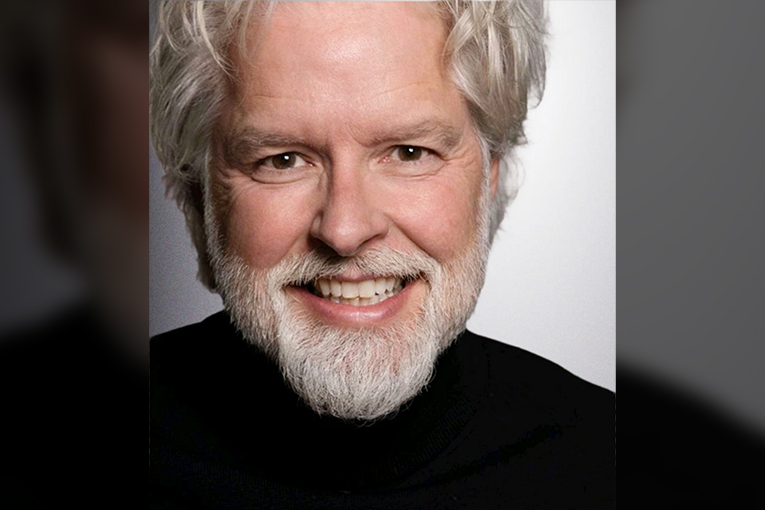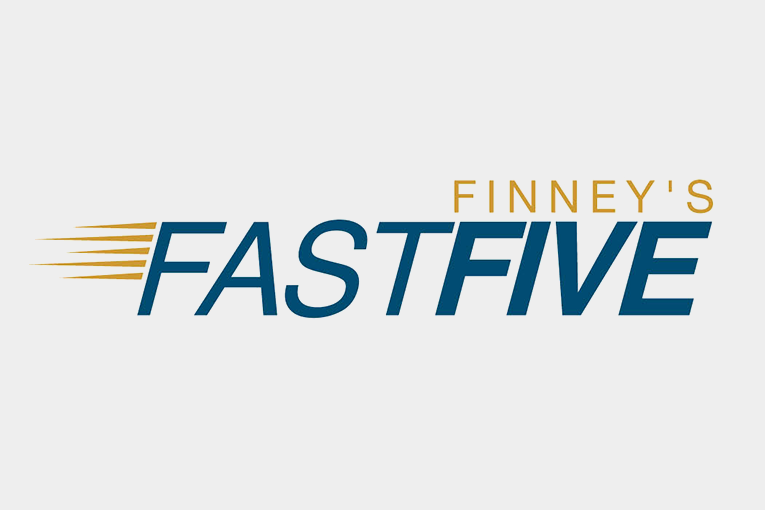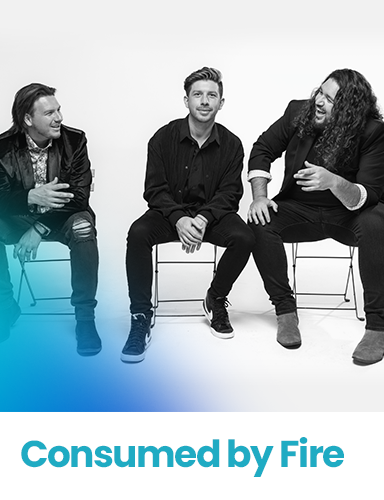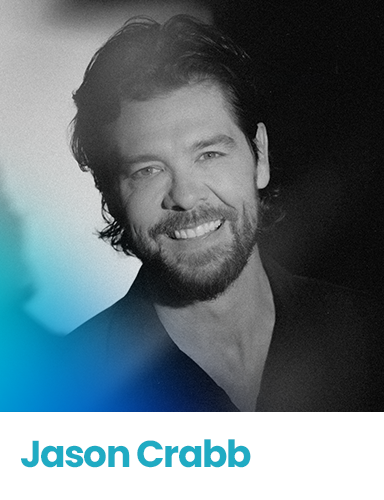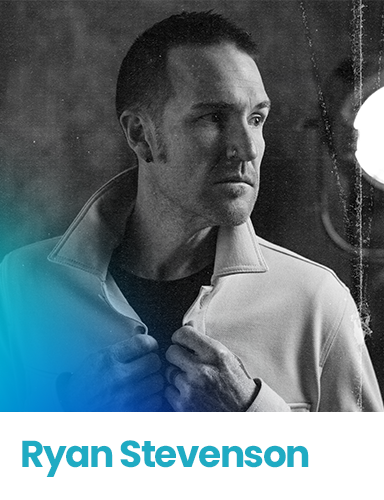
The More You Know…
I recently attended the Momentum Summits in Charlotte where topics included Digital and Future Of Radio. Radio and Records are both working to adjust to the quickly changing landscapes in our respective industries, with the shared goal of working together to reach our fullest potential.
As part of this relationship there was a panel discussion that centered around the idea of how radio can be mindful of how to best partner with labels and artists, how has that changed in recent months (and it has changed a lot) and how can we all be more transparent with the data readily available for all of us to use to make quicker and more educated decisions.
One of the things discussed was explaining some of the common terms used frequently in the industry as it relates to streaming and similar consumer data. I believe some of this may be helpful for others and wanted to take a few moments to unpack a few key terms.
“DSP”. This stands for Digital Service Provider and represents partners like Spotify, Apple Music, Amazon Music, YouTube, Pandora, Deezer, etc. There are other accounts but overall, this is any place consumers are streaming music.
“Consumption”. This is a unit of measurement for interaction with a song across all services monitored by Luminate to measure impact. For a single, this would include digital downloads plus audio and video streams. The streaming formula for calculation has changed slightly over the years as new services have come online and as providers have added new tiers to their services. Any stream that is a paid or premium service stream is weighted more than a stream from a free tier service.
Current formula from Luminate is
375 Ad-Supported Streams = 1 unit of consumption
125 Premium Stream (Paid) = 1 unit of consumption
375 Video Streams = 1 unit of consumption
One note here, for overall consumption radio airplay is NOT factored into the equation, however for the Billboard “Hot Songs” chart it does combine both digital and radio reach together
“Lean Forward” and “Lean Back”.
Lean Forward is defined as interaction with a song that the listener is choosing and these would typically fall under on-demand streams. This could be a song saved to their collection, searching for a song or artist by name and choosing a song, etc. Lean forward is a more controlled experience and tends to show a more passionate fan of music/artist/song.
Lean Back is more like how audiences engage with radio and is defined as interaction with a song that someone else is choosing and would typically fall under programmed streams. This could be clicking a themed playlist and letting it play, choosing a genre based streaming radio station or asking alexa to “play Christian music”.
“Stream farms / Bots”
All major labels including our parent company UMG have strict policies in place that make this highly illegal, the same way payola is strictly illegal on the radio side. Many of our DSP partners also have terms and conditions that outline violation penalties for any artificial streaming activity.
While not an exhaustive list, my hope is this article could help further education and awareness in the new era of more data transparency so that Christian Radio can increase their confidence in utilizing the data to make better informed decisions. As always, I would love to spend time with anyone who may have additional questions so please reach out if you do!




